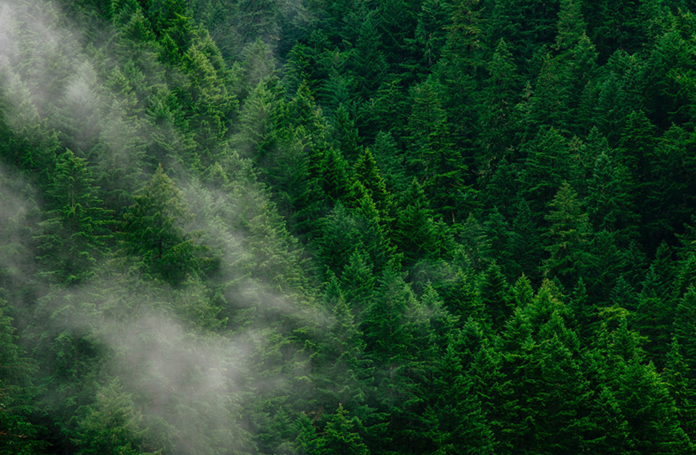This 1.3 million hectare forest in Quebec has never been logged or known the incursion of roads. It’s also one of the most carbon dense places on the planet, holding twice as much carbon as the Amazon per hectare — but community members fear ‘the loggers are coming’.
Read an excerpt from the story in The Narwhal:
To reach the Cree community of Waswanipi, where Mandy Gull grew up, you drive north from Montreal for eight hours on a trip Gull describes as “not for the faint-hearted,” especially in winter.
You can’t miss Waswanipi; you’ll cross a long green bridge over the Waswanipi River and the community of 1,700 will be on your right, ringed by the boreal forest and further away, like the expanding ripples from a skimmed stone, by logging cut blocks. In Cree, Waswanipi means ‘light on the water,’ a reminder of the days when torches were lit with pine tar and sturgeon several metres long were speared and caught at the river’s dark mouth.
In early August, Gull, the Deputy Grand Chief of the Cree Nation, returns from almost three weeks in her husband’s community of Whapmagoostui, on the Great Whale River at the shore of Hudson Bay. Great Whale, as the town is often called, is the most northern community in James Bay Cree territory, accessible only by boat or plane.
Waswanipi, more than 600 kilometres away as the crow flies, is the most southern, sitting not far from where Highway 113 arcs east, as though it has consulted a compass and changed its mind about direction.
In between the two communities, beneath the clouds on Gull’s flight home, lies a dense forest of mature spruce and pine called the Broadback.
Read the full story in The Narwhal
